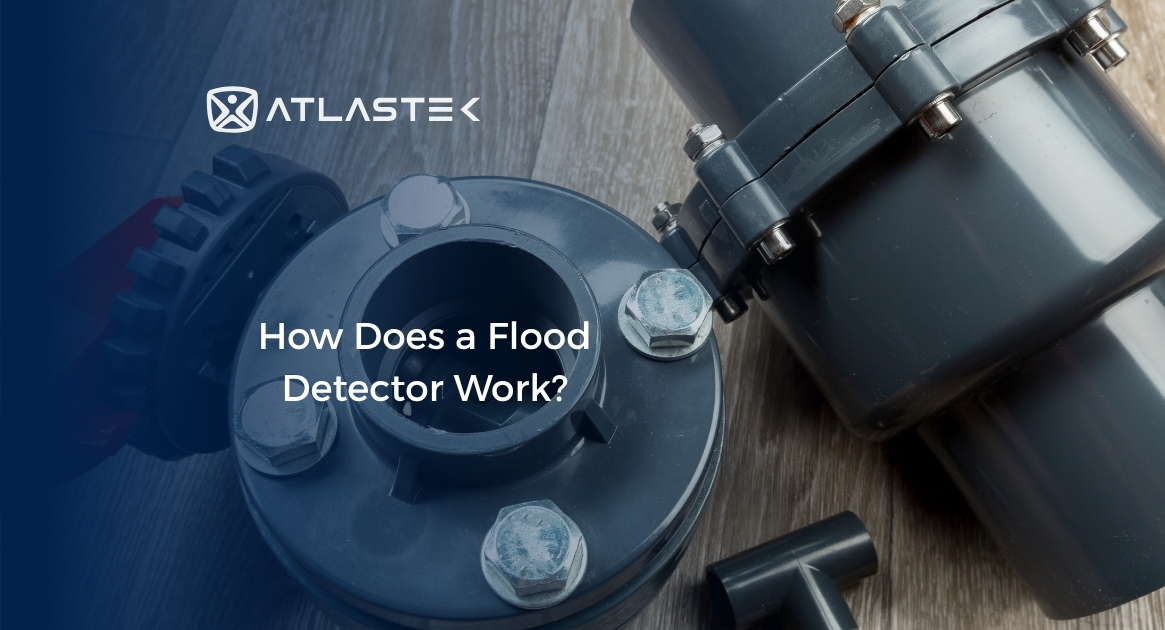
 17 October 2025
17 October 2025
Access control systems are used to regulate access to a specific area or information. Leading companies such as Atlastek Security Technologies keep these systems more effective and secure by following the latest technological developments. Below are the components and details of the access control systems adopted by Atlastek; with advanced solutions like card access systems, security measures are further strengthened and access control becomes more efficient.
An access control entry system is a security solution based on digital authentication methods that supervises entries and exits to a building, room, parking lot, or any area requiring protection. Its primary purpose is to ensure that only authorized individuals can access designated areas and to record all passage activities so they can be reported digitally.
These systems are preferred especially in large enterprises to regulate staff and visitor traffic, log entry–exit times, and generate reports. In addition, through workplace security systems and access control software, entry–exit permissions at different locations can be centrally managed and scheduled. With growing security needs, the importance of access control systems continues to increase.
The system essentially consists of three components:
· Card readers (RFID, magnetic stripe)
· Biometric readers such as fingerprint, facial recognition, retina
· PIN/keypad panels
· QR code or mobile app-based access
All authentication data is collected here, and the system decides whether to grant access. Decisions are processed automatically according to predefined authorizations.
When access is granted, the door unlocks, the turnstile rotates, or the barrier lifts.
Every passage is logged in the system. These records are used both for security audits and for applications such as personnel attendance control (PDKS).
Access control systems supervise physical entry–exit and manage this process digitally. The system has two core components: the access control device and the access control software. Working together, these ensure that passages are secure, recorded, and reportable.
An access control device is the physical hardware used to authenticate a person’s identity. It recognizes the user’s card, PIN, or biometric data and transmits this information to the access control software. If the software approves, the device unlocks the door or triggers the turnstile.
Common access control devices include:
· Card readers (RFID / magnetic stripe)
· Fingerprint readers
· Facial recognition terminals
· Keypad/password panels
· QR code readers / mobile access devices
· Turnstile and door controllers
Each device is selected according to the security level of the area. For example, a card reader may suffice at an office entrance, while facial recognition can be preferred for laboratories or server rooms.
· The user presents credentials (card, fingerprint, face) to the device.
· The device sends this data to the access control software.
· The software checks whether the user has access rights.
· If authorized, the device approves the passage and opens the door/turnstile.
· The event is recorded in the system and can be reported if needed.
· Parking areas
· Offices and business centers
· Hospitals
· Universities and schools
· Factories
· Residential complexes and condominiums
Using an access control entry system offers many benefits:
· Provides high security
· Passage activities are logged
· Time-based authorization is possible
· Enables centralized management
· Integrates with PDKS
· Increases operational efficiency
The purpose is to make entries and exits within an area, building, or facility secure, controlled, and recorded. These systems allow only authorized individuals to access designated areas while automatically blocking unauthorized attempts. The goal is not only physical security, but also centralized management of processes such as personnel tracking, occupational safety, resource management, and regular reporting.
Atlastek Security Systems continuously develops and optimizes access control systems by adopting the latest technological advancements in the sector. These systems aim to ensure maximum security by regulating access to specific areas and to sensitive data
This content has been prepared by the Atlastek Editorial Board.